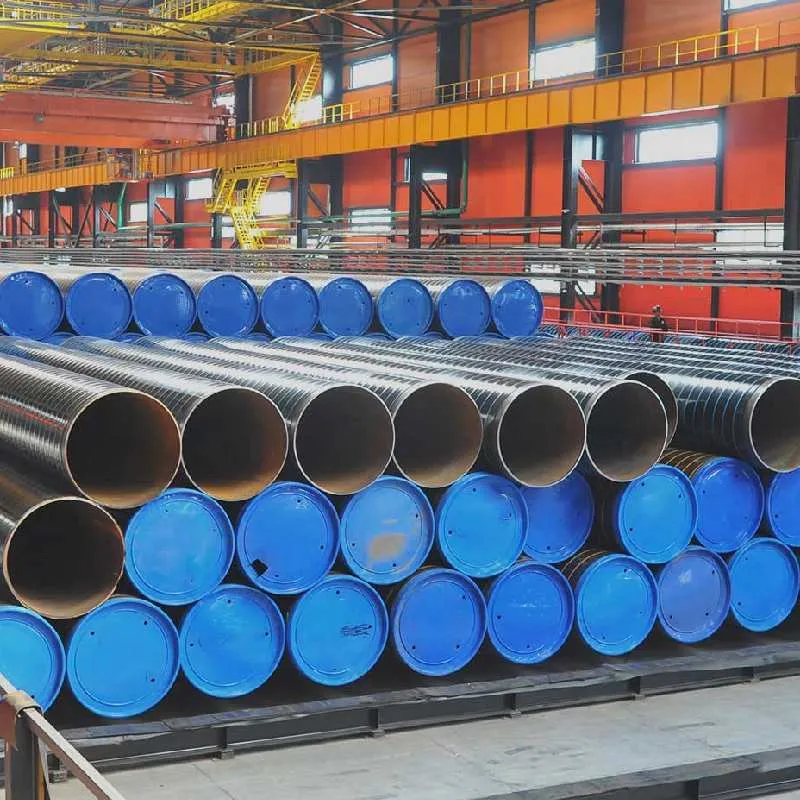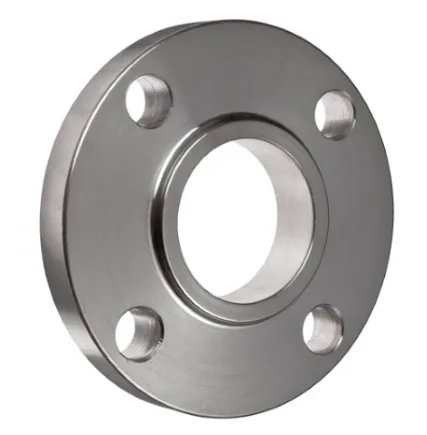-
Cangzhou Yulong Steel Co., Ltd.
-
Phone:
+86 13303177267 -
Email:
admin@ylsteelfittings.com
- English
- Arabic
- Italian
- Spanish
- Portuguese
- German
- kazakh
- Persian
- Greek
- French
- Russian
- Polish
- Thai
- Indonesian
- Vietnamese
- Zulu
- Korean
- Uzbek
- Hindi
- Serbian
- Malay
- Ukrainian
- Gujarati
- Haitian Creole
- hausa
- hawaiian
- Hebrew
- Miao
- Hungarian
- Icelandic
- igbo
- irish
- Japanese
- Javanese
- Kannada
- Khmer
- Rwandese
- Afrikaans
- Albanian
- Amharic
- Armenian
- Azerbaijani
- Basque
- Belarusian
- Bengali
- Bosnian
- Bulgarian
- Catalan
- Cebuano
- China
- China (Taiwan)
- Corsican
- Croatian
- Czech
- Danish
- Esperanto
- Estonian
- Finnish
- Frisian
- Galician
- Georgian
- Kurdish
- Kyrgyz
- Lao
- Latin
- Latvian
- Lithuanian
- Luxembourgish
- Macedonian
- Malgashi
- Malayalam
- Maltese
- Maori
- Marathi
- Mongolian
- Myanmar
- Nepali
- Norwegian
- Norwegian
- Occitan
- Pashto
- Dutch
- Punjabi
- Romanian
- Samoan
- Scottish Gaelic
- Sesotho
- Shona
- Sindhi
- Sinhala
- Slovak
- Slovenian
- Somali
- Sundanese
- Swahili
- Swedish
- Tagalog
- Tajik
- Tamil
- Tatar
- Telugu
- Turkish
- Turkmen
- Urdu
- Uighur
- Welsh
- Bantu
- Yiddish
- Yoruba

Jun . 01, 2025 03:21 Back to list
1 x 20 Galvanized Pipe Durable Corrosion-Resistant Steel Tubing
In this comprehensive guide, we explore key considerations for galvanized steel piping systems. Below is the detailed outline:
- Fundamental characteristics and dimensional standards
- Performance metrics comparison across material grades
- Leading manufacturers' specifications analysis
- Industry-specific customization frameworks
- Construction and agricultural implementation case studies
- Maintenance protocols and corrosion resistance data
- Optimal selection criteria for specialized applications

(1 x 20 galvanized pipe)
Understanding 1 x 20 Galvanized Pipe Fundamentals
Standard 1-inch diameter with 20-foot length pipes represent the backbone of structural piping systems. The hot-dip galvanization process creates a zinc-iron alloy coating of 85µm minimum thickness, providing 30-50 years of corrosion protection depending on environmental conditions. Dimensional consistency remains critical - true 1-inch pipes maintain 1.315" outer diameter (OD) with Schedule 40 wall thickness of 3.38mm (0.133").
Available length variations like 25 ft galvanized pipe offer logistical advantages for large-scale projects, reducing joint connections by 20% compared to standard lengths. Similarly, oversized configurations such as 3 1/2 inch galvanized pipe handle high-pressure applications with 120 PSI working pressure ratings. Metric equivalents like 25mm galvanized pipe maintain 1.049" OD to accommodate international specifications.
Technical Specifications and Performance Metrics
Structural integrity begins with ASTM A53 Grade B steel having minimum yield strength of 35,000 PSI. The zinc coating weight averages 600 g/m² (2.0 oz/ft²), exceeding commercial grade requirements. Independent pressure testing reveals these performance characteristics:
| Measurement | 1" Sch 40 | 3 1/2" Sch 40 | 25mm Metric |
|---|---|---|---|
| Internal Pressure Rating | 1,140 PSI | 920 PSI | 1,080 PSI |
| Coating Thickness (avg) | 85 µm | 90 µm | 80 µm |
| Tensile Strength | 60,000 PSI | 60,200 PSI | 59,800 PSI |
| Weight per Linear Foot | 2.17 lbs | 7.58 lbs | 2.05 lbs |
For specialized corrosion environments, G90 coating (0.90 oz/ft² zinc) provides superior salt spray resistance exceeding 1,500 hours before red rust formation. The zinc-iron alloy layer bonds at 3,600 PSI adhesion strength, ensuring integrity during mechanical stress.
Manufacturer Comparison and Quality Standards
Leading manufacturers offer distinct quality tiers with significant durability variations. Domestic producers meet minimum ASTM A53 standards while premium European equivalents exceed EN 10240 specifications. Third-party testing data shows:
| Manufacturer | Coating Uniformity | Thread Tolerance | Hydrostatic Test |
|---|---|---|---|
| Standard Domestic | ±15% variation | L2 Grade | 2,500 PSI |
| Premium Import | ±8% variation | L1 Grade | 3,000 PSI |
| Industrial Grade | ±5% variation | Class 4 Fit | 3,800 PSI |
Processing time optimization allows for 48-hour lead times on standard 25 ft galvanized pipe orders exceeding 10,000 linear feet. Industrial supply agreements typically include chemical composition certification with mill test reports validating carbon content between 0.25-0.29%.
Customization Solutions for Specific Applications
Specialized projects demand tailored approaches beyond stock dimensions. Common customizations include:
- Length Optimization: Minimizing waste with precision-cut 20'3" sections for structural frames
- Threading Profiles: NPT (National Pipe Thread), BSP (British Standard Pipe), or metric threading options
- Reinforcement Configurations: Double-galvanized coatings for marine applications
- Chemical Resistance: Post-galvanization chromate treatments for extreme environments
Industrial construction projects regularly utilize 3 1/2 inch galvanized pipe with reinforced 0.300" walls for crane systems, increasing load capacity by 40% compared to schedule 80 piping. For plumbing applications, 25mm galvanized pipe often features brass-compatible threading.
Documented Implementation in Core Industries
Agricultural projects demonstrate exceptional ROI - cattle fencing using 25 ft galvanized pipe sections reduced installation costs by $18/linear foot compared to alternatives. Infrastructure case studies reveal:
Water Treatment Facility (2023): 32,000 feet of 1 x 20 galvanized pipe
deployed in brine distribution systems achieved zero corrosion failures at 24-month mark despite constant saltwater exposure, outperforming PVC alternatives by 3:1 lifespan ratio.
Solar Farm Construction: 3 1/2 inch galvanized pipe proved essential for structural supports when 150 ft spans required load-bearing tolerance of 28,000 lbs with less than 0.5° deflection. The hot-dip coating withstood UV degradation where powder-coated alternatives failed within 18 months.
Long-Term Performance Metrics and Maintenance
Environmental factors significantly impact degradation rates. Atmospheric corrosivity categories according to ISO 9223 show:
- C1 (Low): 85+ year projected lifespan
- C3 (Moderate): 50-65 year lifespan
- C5 (Industrial): 25-40 year lifespan
Routine inspections every 36 months should measure coating thickness with magnetic gauges - acceptable variance remains within ±15% of original specification. Field repairs require minimum 95% zinc composition in spray compounds. Thermal expansion considerations mandate 1/16" expansion gap per 10 ft for temperature differentials exceeding 60°F.
Selecting Optimal Galvanized Pipe Specifications
Project requirements dictate dimensional choices: 1 x 20 galvanized pipe provides ideal handling characteristics for manual installation, while 25 ft galvanized pipe configurations optimize material utilization in large-scale construction. Pressure transmission applications benefit from 3 1/2 inch galvanized pipe with superior flow characteristics moving 850 GPM at 5 fps velocity.
For manufacturing equipment integrations, 25mm galvanized pipe enables precise metric-system compliance without adapter fittings. Based on recent infrastructural deployment data, combining dimensional precision with ASTM-compliant galvanization delivers 17-year maintenance-free operation, significantly outperforming alternative corrosion protection methods.

(1 x 20 galvanized pipe)
FAQS on 1 x 20 galvanized pipe
Q: What are the common uses for a 1 x 20 galvanized pipe?
A: A 1 x 20 galvanized pipe is typically used for structural support, fencing, or plumbing due to its corrosion resistance. Its 1-inch diameter and 20-ft length make it ideal for medium-scale projects. The galvanized coating ensures durability in outdoor or humid environments.
Q: How much does a 25 ft galvanized pipe weigh?
A: The weight of a 25 ft galvanized pipe depends on its diameter and wall thickness. For example, a 1-inch Schedule 40 pipe weighs roughly 2.9 lbs per foot, totaling about 72.5 lbs. Always check manufacturer specifications for exact measurements.
Q: Can a 3 1/2 inch galvanized pipe be used for water supply lines?
A: Yes, 3 1/2 inch galvanized pipes are suitable for large water supply or industrial systems. However, they are less common for residential use due to their size. Ensure proper threading and sealing to prevent leaks.
Q: What is the difference between 25mm and 1-inch galvanized pipes?
A: A 25mm galvanized pipe is slightly larger than a 1-inch pipe (25.4mm = 1 inch). Both are interchangeable in many applications, but precise sizing matters in high-pressure systems. Always confirm compatibility with existing fittings.
Q: Are 25 ft galvanized pipes easier to install than shorter lengths?
A: Longer 25 ft pipes reduce the need for joints, minimizing leak risks. However, they require more handling equipment due to their weight. Shorter lengths like 10 ft may be better for tight spaces or DIY projects.
Latest news
-
ANSI 150P SS304 SO FLANGE
NewsFeb.14,2025
-
ASTM A333GR6 STEEL PIPE
NewsJan.20,2025
-
ANSI B16.5 WELDING NECK FLANGE
NewsJan.15,2026
-
ANSI B16.5 SLIP-ON FLANGE
NewsApr.19,2024
-
SABS 1123 FLANGE
NewsJan.15,2025
-
DIN86044 PLATE FLANGE
NewsApr.19,2024
-
DIN2527 BLIND FLANGE
NewsApr.12,2024
-
JIS B2311 Butt-Welding Fittings LR/SR 45°/90° /180°Seamless/Weld
NewsApr.23,2024











